Table of Contents
ToggleExecutive orders can be a pretty controversial topic. The common idea of the executive order is that the president can make any laws they want without the approval of Congress, but is that true?
In reality, executive orders have a long, complicated history that can’t be explained in a couple of sentences.
What is an executive order?
An executive order is a directive made by the president or a state’s governor that doesn’t need approval by Congress.
As per the separation of powers, the approval of Congress is required for a law to become official. However, an executive order circumvents this process, allowing for a directive to be made to manage the operations of federal or state governments.
Why Does it Exist?
Executive orders are much easier to implement than a congressional bill. While the legality of an executive order can be contested in court, all it takes to make an order become an official directive is the president’s signature.
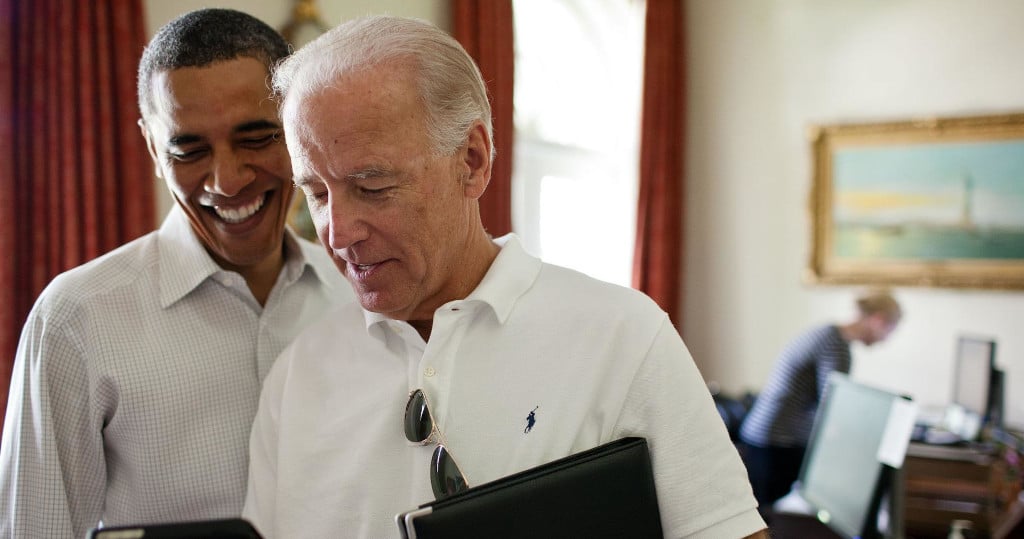
For example, Joe Biden signed 30 executive orders in his first three days of office. These orders largely addressed the coronavirus pandemic, the economy, and immigration laws in the United States.
What could’ve taken months or years to become law through Congress, became official directives in less than a week.
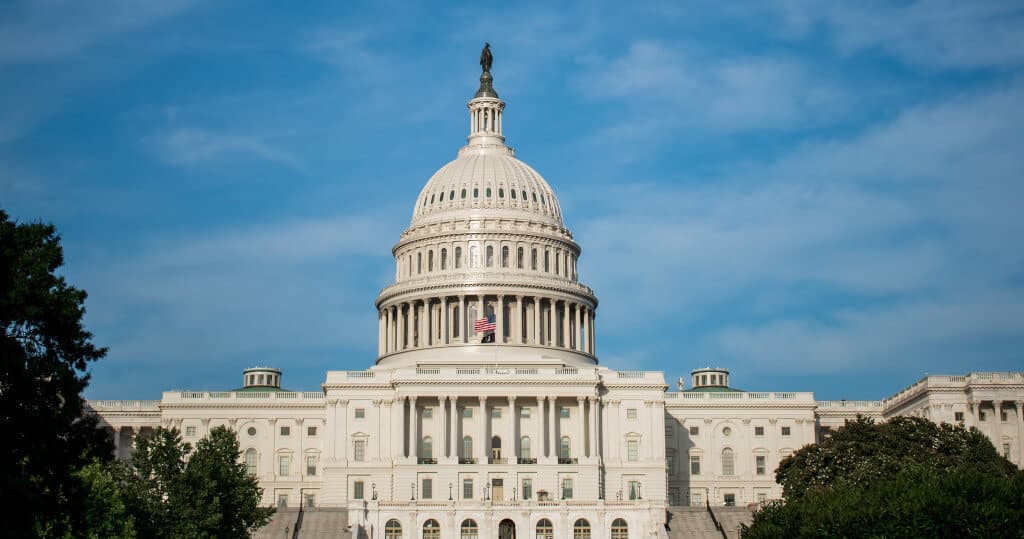
In that way, an executive order is incredibly powerful. When used correctly, it can address urgent issues in the country.
Executive orders are especially useful during times of crisis in the country. When a situation requires direct and immediate action by the United States government, a law passed by Congress will rarely act fast enough.
By allowing the president to issue executive oreders, the government is able to better help its citizens.
Are There any Limitations?
While there are no specific limitations on executive orders, it’s typically understood that the president can’t make orders on issues such as taxation, the national budget, declaring war, or depriving people of their natural rights.

In times of crisis, these limitations can be loosened or even ignored. For example, Abraham Lincoln’s decision to fight in the Civil War was done through executive order, not through Congress.
There are plenty of other examples such as Wilson’s declaration to arm the United States to fight in World War I or FDR’s creation of the Japanese internment camps after the bombing of Pearl Harbor.

After the 9/11 terrorist attacks, George W. Bush and other members of the administration used the terror attacks to justify the detainment of ‘suspected terrorists’ and the unlawful surveillance of people’s private records.
The justification for these breaches of individual rights was that the United States government was attempting to protect its citizens from another attack. It’s been debated since the terror attacks whether these actions were justified.
Congress can vote to overturn an executive order. This was a concern of Lincoln when he signed the Emancipation Proclamation. While the Congress at the time was fairly supportive of Lincoln, he was afraid that a proceeding congress or president could overturn this freeing of slaves.
The eventual passing of the 13th Amendment assuaged this fear.
Has an Executive Order Ever Been Considered Unconstitutional?
Like everything else in the government, there’s a separation of powers that keeps the branches of government from operating unchecked. While Congress can oppose a law, what happens if someone sues for an executive order to be overturned?
During the Civil War, Abraham Lincoln signed an executive order to suspend habeas corpus, otherwise known as a person’s right to lawful imprisonment, and to have their case heard by a judge or jury.
Lincoln’s initial reason for suspending this right was in response to Supreme Court Justice Roger B Taney’s demand that secessionist John Merryman be brought before the Supreme Court for a hearing. It was Justice Taney’s opinion that the right to suspend habeas corpus should be determined by Congress, not the president.
While Congress did not take any adverse action against Lincoln, it’s still a bit up in the air whether the president has the authority to suspend habeas corpus.
The question of constitutionality also came up when FDR created the Japanese internment camps. While the Supreme Court initially ruled that the internment camps were constitutional, that decision has since been questioned by many scholars and eventually renounced in 2018 by the Supreme Court itself.
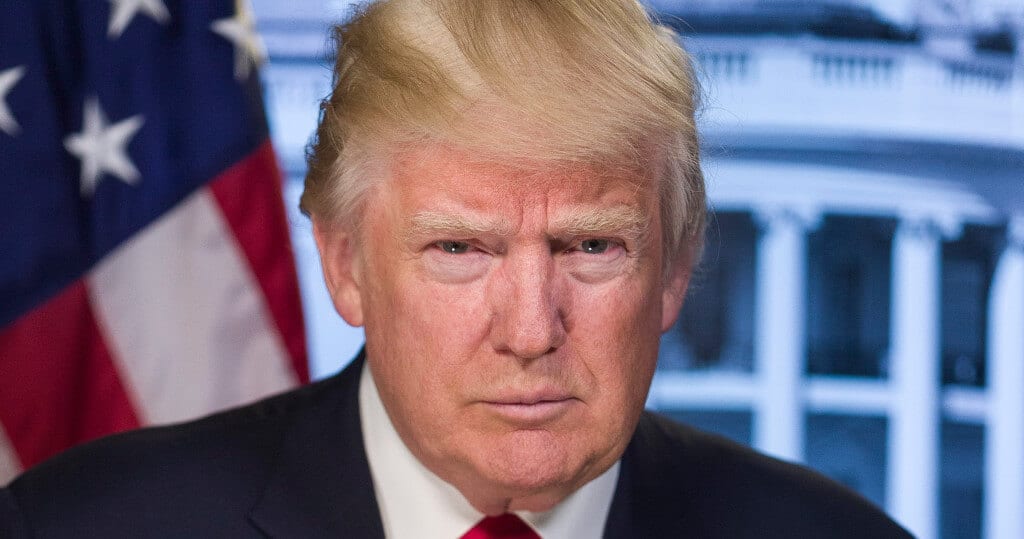
In a more recent case, Donald Trump’s executive orders to add a citizenship question to the United States census, and an order to deny federal funds to ‘sanctuary cities’ (a city that protects undocumented immigrants from federal immigration laws), and several versions of his travel ban were deemed unconstitutional by the Supreme Court.
On a local level, executive orders made by state governors have also been struck down by the courts.
In 2020, several state governors issued stay-at-home orders and other precautions to limit the spread of COVID-19 in their states. In Wisconsin and Michigan, the state’s Supreme Court overturned these orders.
In the case of Michigan’s governor, Gretchen Whitmer was barred from making any executive orders pertaining to the pandemic. The state’s local governments were the only ones who could make those decisions.

Get Smarter on US News, History, and the Constitution
Join the thousands of fellow patriots who rely on our 5-minute newsletter to stay informed on the key events and trends that shaped our nation's past and continue to shape its present.

Whether someone personally agrees with the Supreme Court’s decisions, it’s obvious that the history of executive orders is long and complicated.
So Are Executive Orders Good?
The best answer is simply that it depends.
In some cases, executive orders have been used for great things such as the Emancipation Proclamation. But an executive order isn’t nearly as permanent as a congressional law or even a Supreme Court ruling.
Executive orders have also been used to take away the rights of others, as was observed in the creation of the Japanese internment camps. It wasn’t until about 70 years later that it was officially determined by the Supreme Court that this order was a human rights violation.
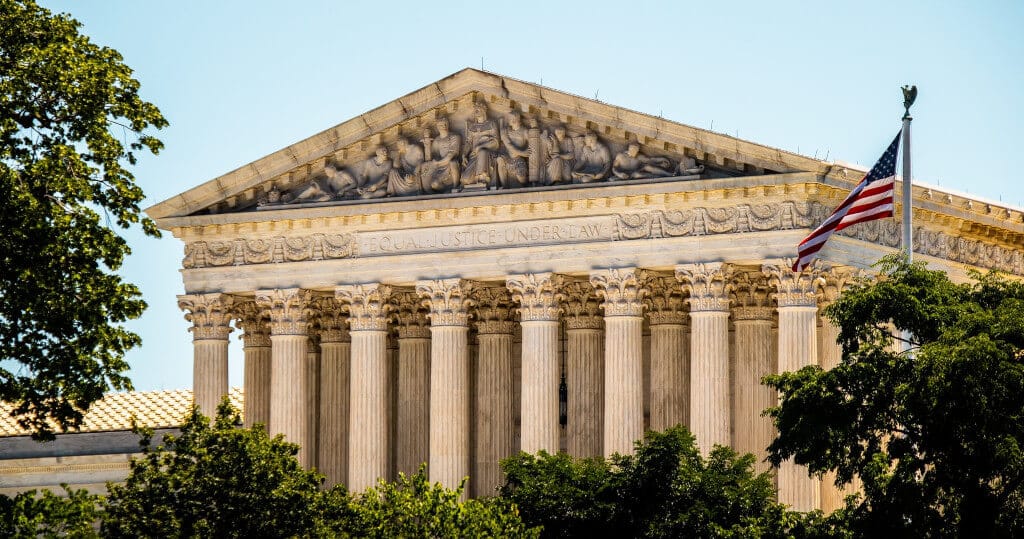
The best way to protect against Civil Rights violations is to ensure Congress and the Supreme Court have the people’s best interest in mind. This can only be achieved by voting and letting state and federal representatives know what the population wants.
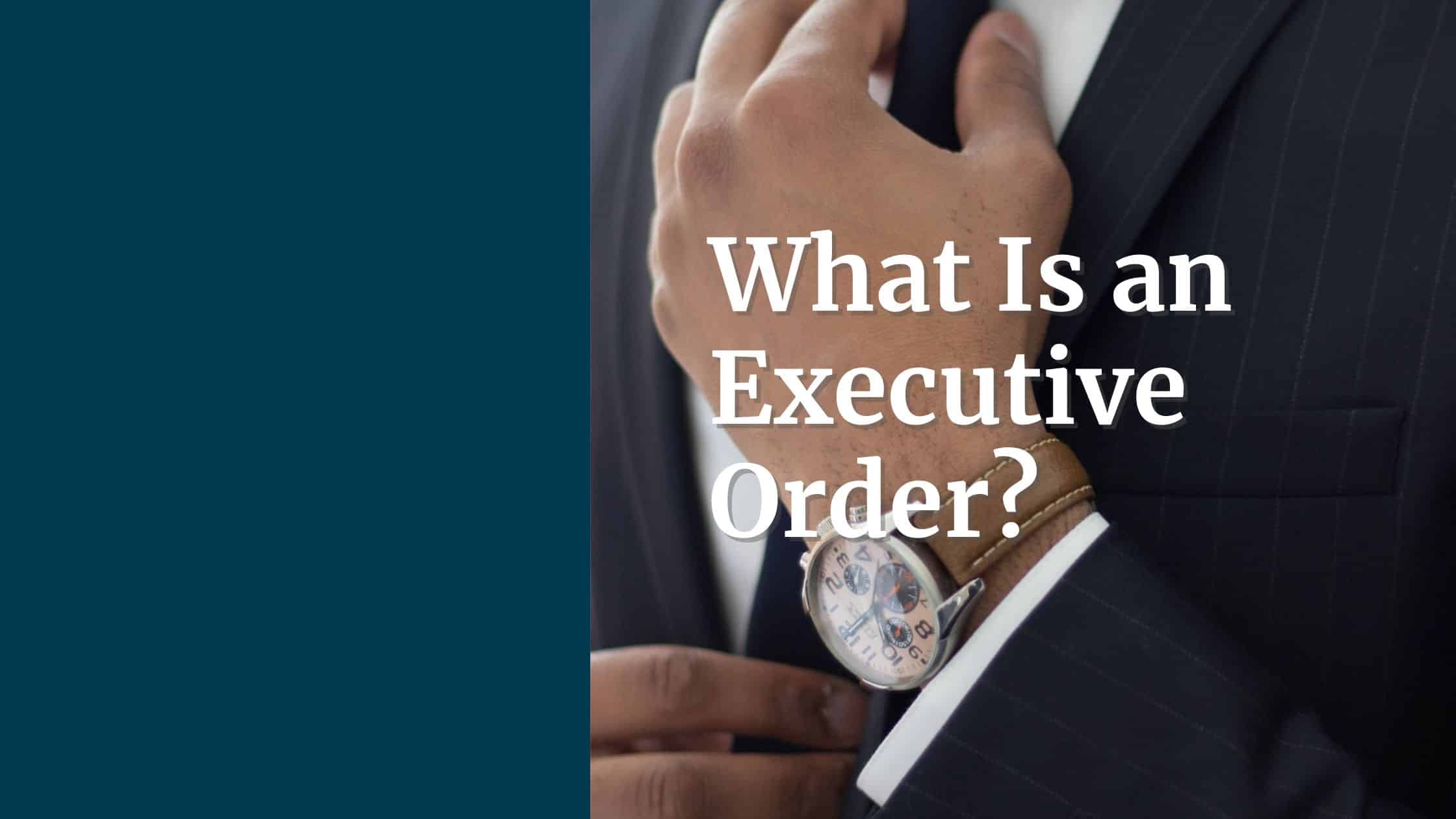
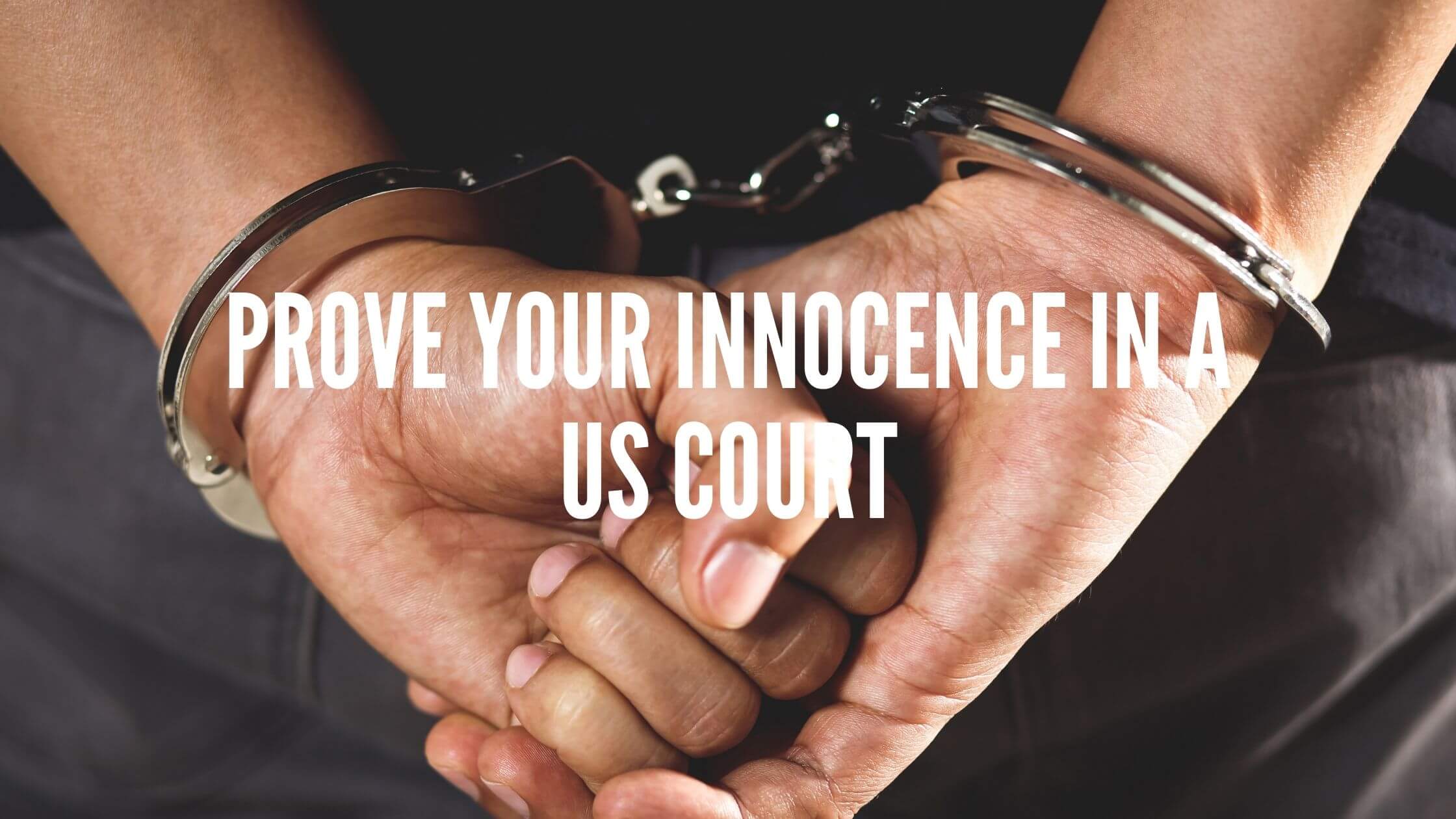

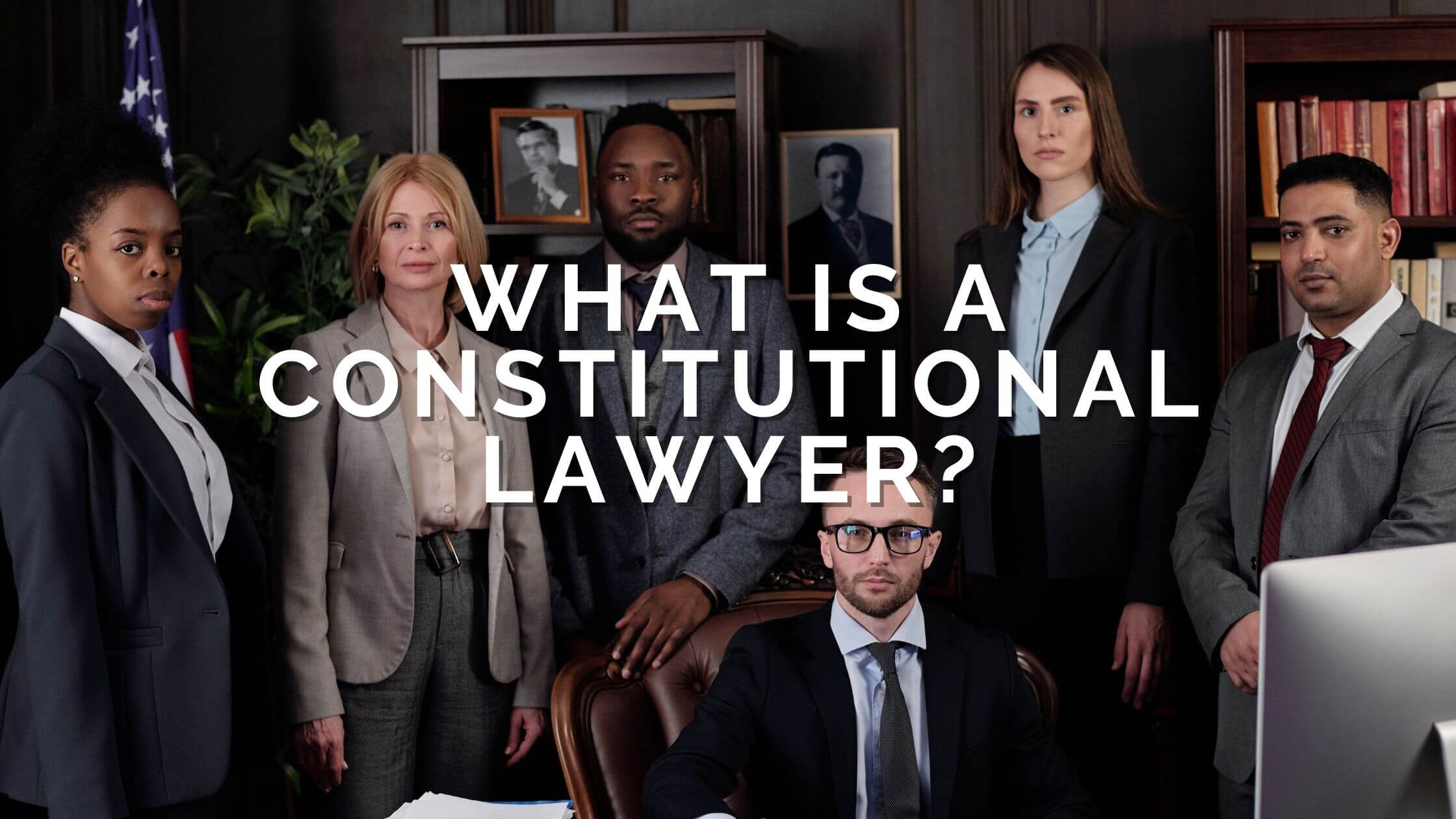








One Response
Why stop with Trump? Biden’s writing off student loan debt is one hell of an overreach…